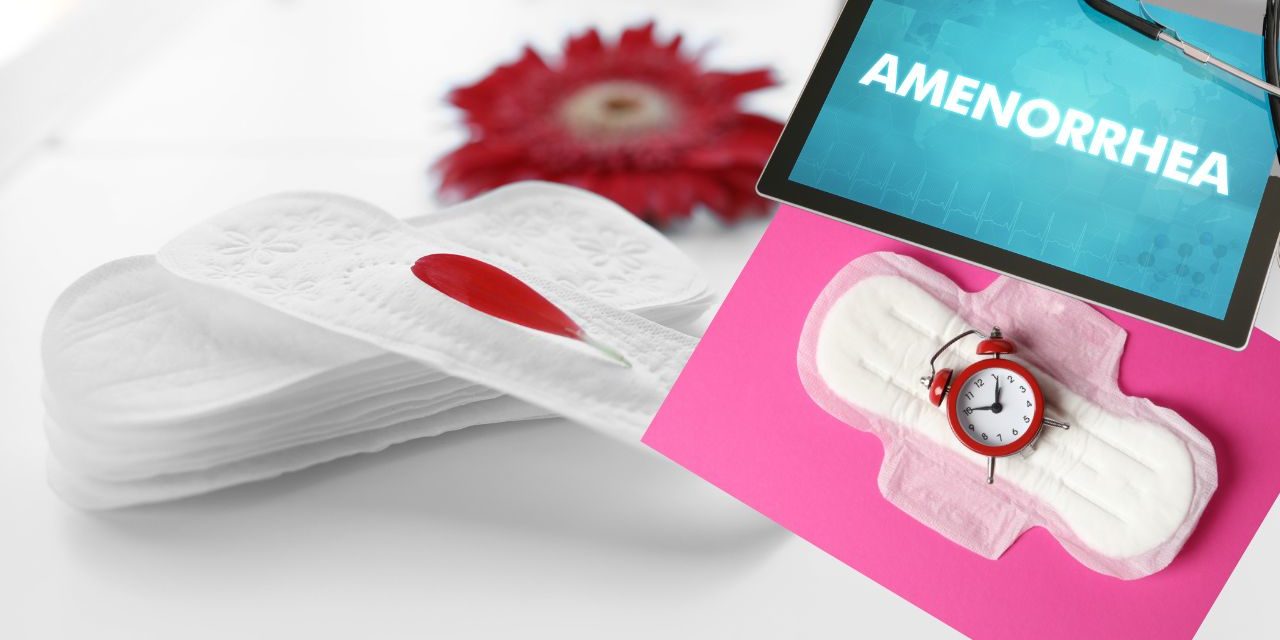Empowering Women
Introduction
Amenorrhea is a gynecological condition affecting women, characterized by the absence of menstruation. It can occur at different stages of a woman’s life and may be the result of hormonal imbalances, underlying medical conditions, or lifestyle factors. In this article, we will provide a comprehensive overview of amenorrhea, including its types, causes, symptoms, diagnosis, and available treatment options. By shedding light on this condition, we aim to empower women to recognize the symptoms, seek timely medical attention and make informed decisions about their health.
Understanding amenorrhea
Amenorrhea is classified into two types: primary and secondary. Primary amenorrhea refers to the absence of menstruation in girls who have not experienced their first period by the age of 16. Secondary amenorrhea occurs when a woman, who was previously menstruating, stops menstruating for at least three consecutive months.
Common causes of amenorrhea
Hormonal imbalance:
Hormonal imbalances, particularly in the hypothalamus, pituitary gland, thyroid, or ovaries, can disrupt the menstrual cycle.
Stress and emotional factors:
Emotional stress, excessive exercise, or sudden weight loss can lead to hormonal fluctuations and subsequent amenorrhea.
Polycystic Ovary Syndrome (PCOS):
PCOS is a common cause of hormonal imbalance, leading to irregular periods or prolonged amenorrhea.
Thyroid disorders:
Hypothyroidism (underactive thyroid) or hyperthyroidism (overactive thyroid) can interfere with menstruation.
Structural Abnormalities:
Structural problems in the reproductive organs, such as congenital anomalies or scarring, can interfere with menstruation.
Premature Ovarian Insufficiency (POI):
POI is characterized by loss of ovarian function before age 40, resulting in amenorrhea.
Medicines:
Certain medications, such as hormonal contraceptives, antipsychotics, or chemotherapy drugs, can affect the menstrual cycle.
Recognizing symptoms and seeking a diagnosis
The main symptom of amenorrhea is the absence of menstrual bleeding. Other associated symptoms may include changes in hair growth, weight fluctuations, headaches, and vision disturbances. It is important for women experiencing these symptoms to consult a health care professional for a thorough evaluation and accurate diagnosis.
Diagnostic procedures
Diagnosing the underlying cause of amenorrhea involves a comprehensive medical history, physical examination, and hormonal tests. Additional tests, such as ultrasound or MRI, may be performed to identify structural abnormalities.
Treatment options
Treatment of amenorrhea depends on the specific cause identified through diagnosis. Some common methods include:
Hormonal therapy:
Hormonal therapy, such as birth control pills or hormone replacement therapy (HRT), may be prescribed to regulate the menstrual cycle.
Lifestyle changes:
Lifestyle factors such as stress management, healthy eating habits, and moderate exercise can help control some cases of amenorrhea.
Surgical intervention:
In cases of structural abnormalities or severe conditions, surgical procedures may be necessary to restore normal menstruation.
Fertility Support:
For women wishing to conceive, fertility treatments and assisted reproductive technologies may be considered.
Coping with Amenorrhea
Coping with amenorrhea can be emotionally difficult for many women. Support from health care professionals, family, and friends can be important in coping with the psychological effects of the condition. Joining support groups or seeking counseling can also be beneficial.
Result
Amenorrhea is a complex condition that requires careful assessment and individualized treatment. By understanding the types, causes, symptoms, diagnosis and treatment options of amenorrhea, women can take charge of their reproductive health and well-being. Timely medical intervention and active lifestyle choices can play an important role in effectively managing this condition. Let’s unite to raise awareness about amenorrhea, break the stigma surrounding menstrual health, and empower women to make informed decisions to live healthy and fulfilling lives.










